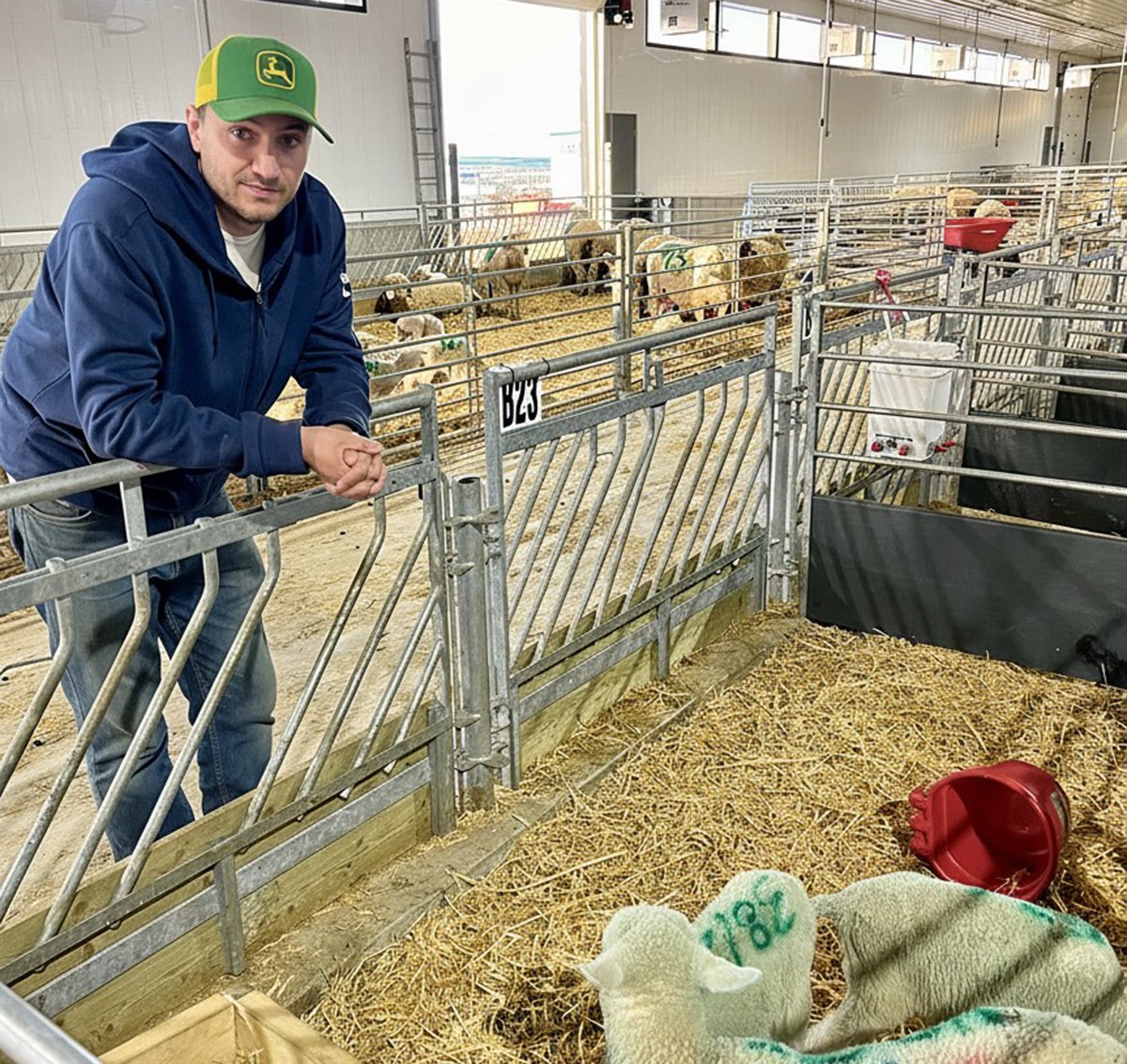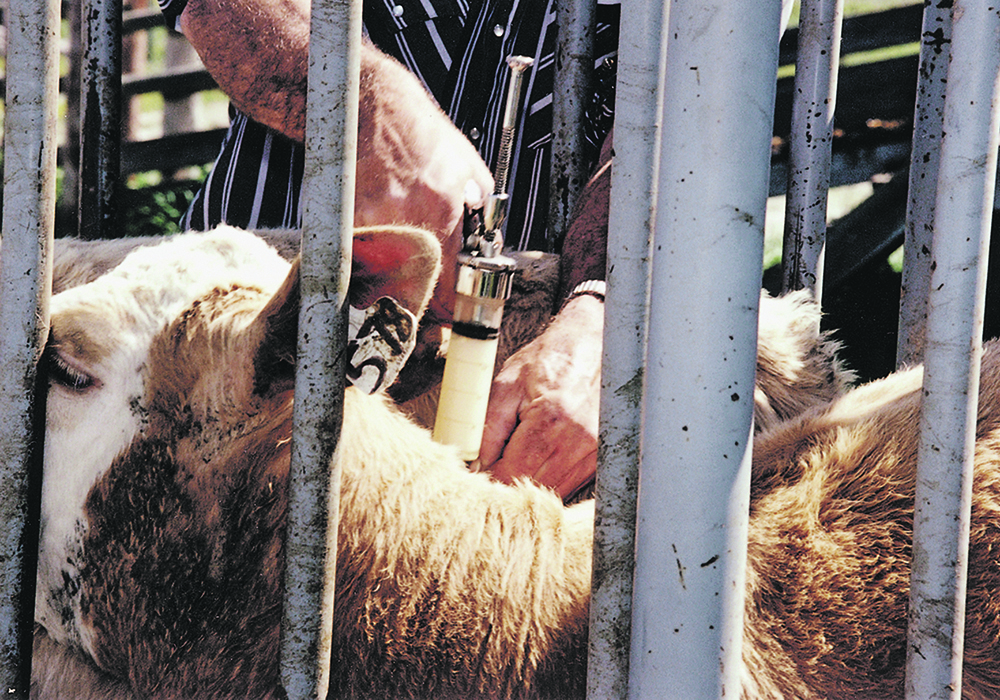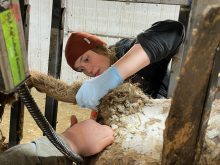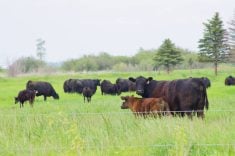Producers are sometimes forced to change the medications they use because of availability.
Other times, a change is prompted by bad experiences or adverse drug reactions. As well, new products will enter the market that need to be considered.
How new medications enter the market depends on whether they are generic or a new standalone product.
Read Also

Solar, sheep provide valuable farm diversification
Eric Steeves says raising sheep on forages grown under solar panels provided economic stability and perhaps even saved his family’s fifth generation southern Alberta grain farm.
Vaccines, in particular, have had production issues recently, or a specific ingredient has been in short supply. Often, veterinary clinics are informed of these problems in advance so they may need to change their protocol.
Antigens (disease protection) may differ from one vaccine to another, but generally they are pretty close to what is already in use.
Make sure the veterinary clinic explains this, and be very careful to make sure the dosage is not different.
I have seen protocols changed over the years with no explanation. As well, the dosage of a clostridial vaccine may change from two cc to four or even five cc, depending on the brand.
If you purchase 500 doses of a vaccine and find that the amount being given is way more or way less than normal, the answer could be in the dosage.
Changes caused by availability issues may result in producers making a permanent change because the new product is more attractive.
They may find that the new product has better syringeability, is easier to mix and is less reactive at the injection site. Producers may not have known this if they hadn’t been forced to change.
Most veterinary clinics and herd health consultants will lean toward one line of vaccines with a second one as an option. They do this for various reasons, including comfort with those products.
There’s nothing wrong with this, but producers should be aware that there could be other choices if the situation warrants. Networking with fellow producers can provide that information.
Recent research may even determine that some vaccines work better than others in certain situations. For example, a different vaccine used on calves may stimulate more immunity.
If producers need to change vaccine lines, there is no need to start the vaccination process over as long as disease protection is the same and they are using an approved product. They are simply boosting existing protection from the first vaccine. I find there is lots of misinformation about this.
The industry has seen profound changes over the last three decades. For example, the health protocol is no longer a blackleg shot and Neguvon for warbles.
The most recent change is the arrival of a broader and varied line of intranasal vaccines. These often are an additional vaccination to fill in the gaps in protection seen in certain ages of cattle, particularly the newborn to two-month-old calf.
Veterinarians are aware of these options and whether they are necessary in your herd.
The nice thing is that because of the quick protection they provide, they may even be recommended for a disease outbreak such as pneumonia in young calves or those entering the feedlot.
Protection is generally not as long lived as with parenteral (injectable) vaccines, which is why they are generally an additional vaccine.
There seemed to be massive lice outbreaks or at least many herd lice investigations conducted a few years ago. This saw some producers switch to combination de-lice products used with dewormers instead of the traditional ivermectin type products. I have not heard much in the way of outbreaks lately, but researchers are looking at this and we’ll know more in the future.
Veterinarians may also recommend the use of specific NSAID products for specific painful procedures, sometimes based on what is on the label and sometimes based on their own personal experience.
You may even develop your own personal preferences based on experience with cases you have been advised to treat.
There are many different NSAID products on the market. Some are given orally or as a pour-on, and all have their place in food animal production.
With changes in management, veterinarians may even recommend removing certain medications. This is probably most evident in less use of metaphylaxis, which are antibiotics given to all cattle at weaning.
Another example is giving all calves a scours prevention medication at birth. They may be necessary but can be removed at other times.
Remember that anything I have mentioned in this article should be discussed with your herd health veterinarian or other health professional.
We can see that modern cattle production is always in a state of flux. Sometimes we do more treatments and use better technology, while at other times we can remove them.
I’m not sure where we will be in another 30 years, but I have no doubt further improvement in early detection methods and cattle monitoring devices, such as virtual fencing, will become more common. We have lots to look forward to.
Roy Lewis works as a veterinarian in Alberta.















